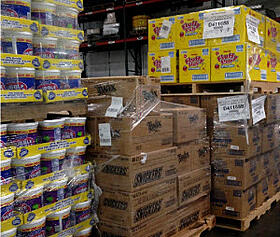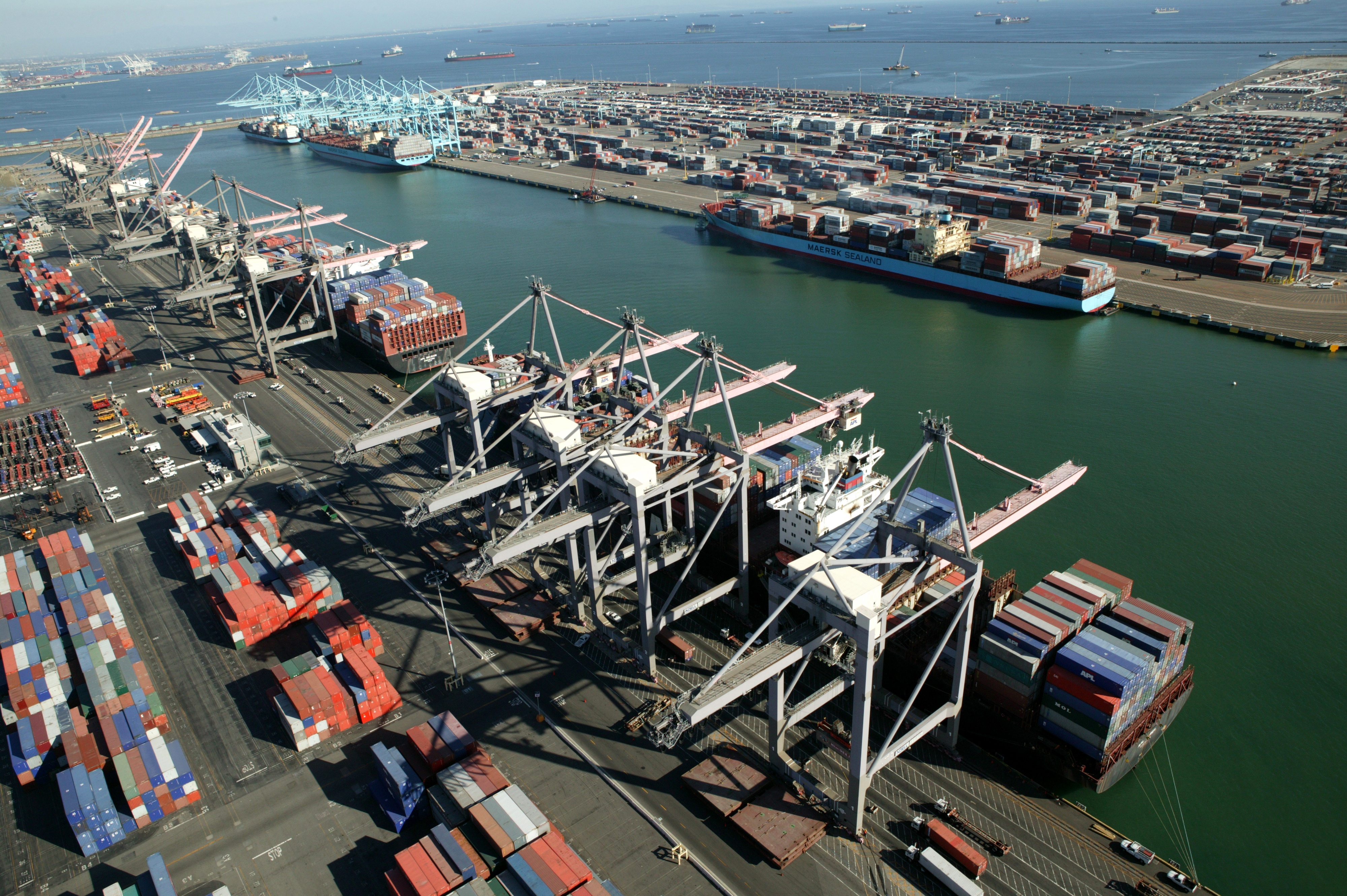 Most retail replenishment orders require the use of higher cost, less-than-truckload (LTL) freight for final-mile delivery. As a result, small and mid-sized companies struggle to meet daily retail replenishment requirements, while still keeping a rein on freight costs.
Most retail replenishment orders require the use of higher cost, less-than-truckload (LTL) freight for final-mile delivery. As a result, small and mid-sized companies struggle to meet daily retail replenishment requirements, while still keeping a rein on freight costs.
Freight consolidation strategies can solve this dilemma, but it requires a logistics partner with a large concentration of like customers with whom to co-load your freight.
Weber Logistics serves many customers in the confectionery industry. At its climate-controlled warehouses, Weber receives truckload (TL) shipments from multiple candy manufacturers, sorts products based on retailer orders and ships multi-vendor, consolidated TL shipments to meet retailers’ requested arrival dates.
The company operates a large temperature-controlled LTL freight network in the Western U.S. for final delivery, so cold chain requirements are maintained throughout the distribution cycle.
The 17 participants in the Weber load consolidation program ship 175,000 to 200,000 pounds of candy per month, with Weber taking responsibility for strict temperature range monitoring.
Learn about Weber’s confectionery industry logistics experience and the benefits of load consolidation programs.




 Capital Management
Capital Management